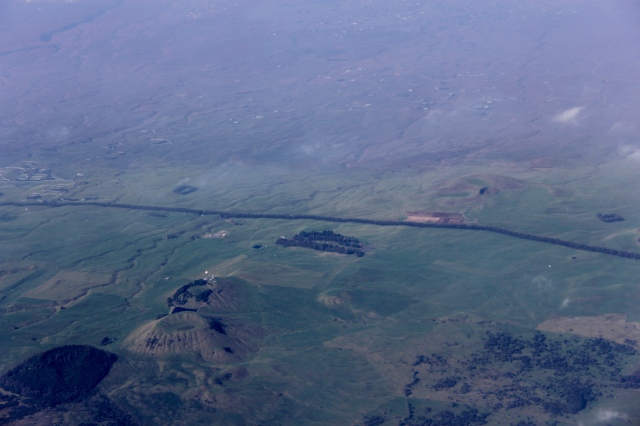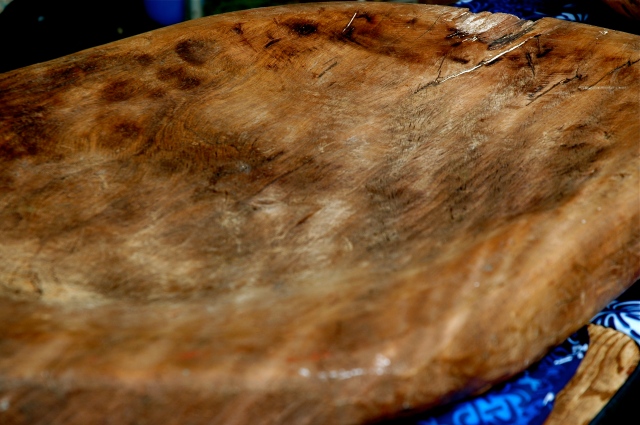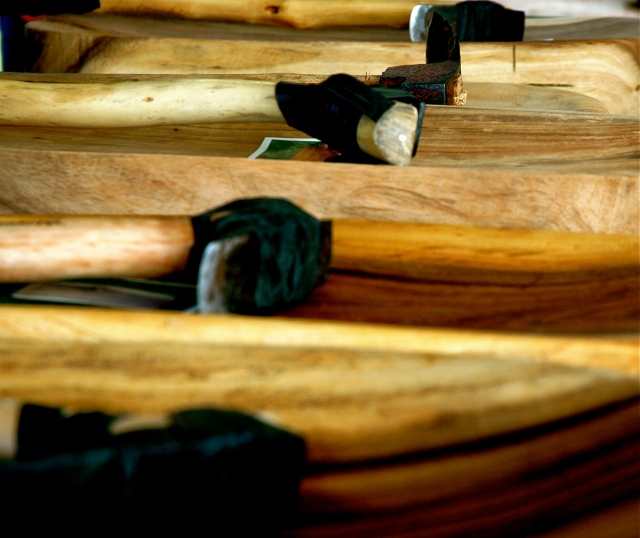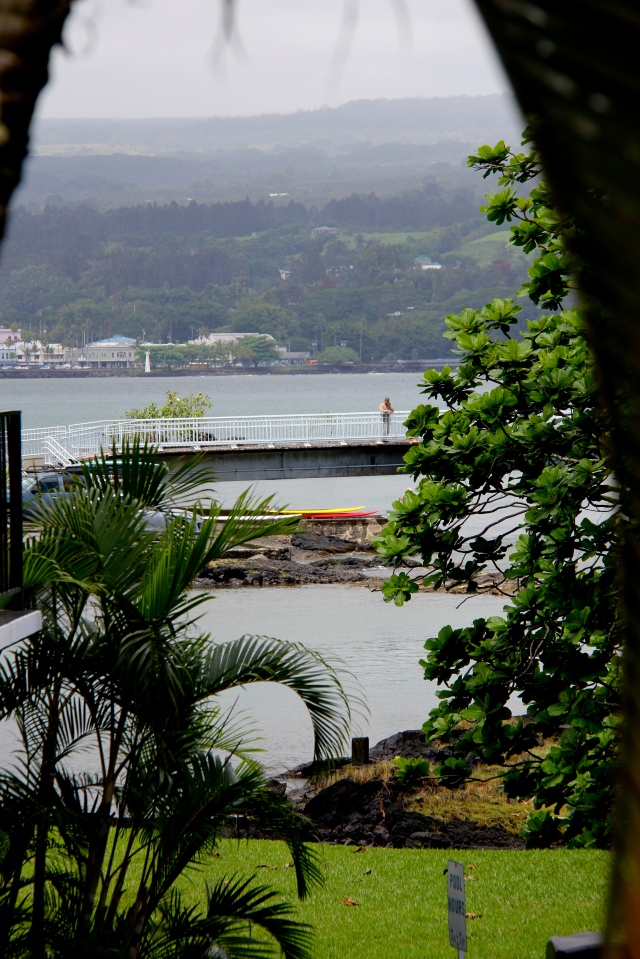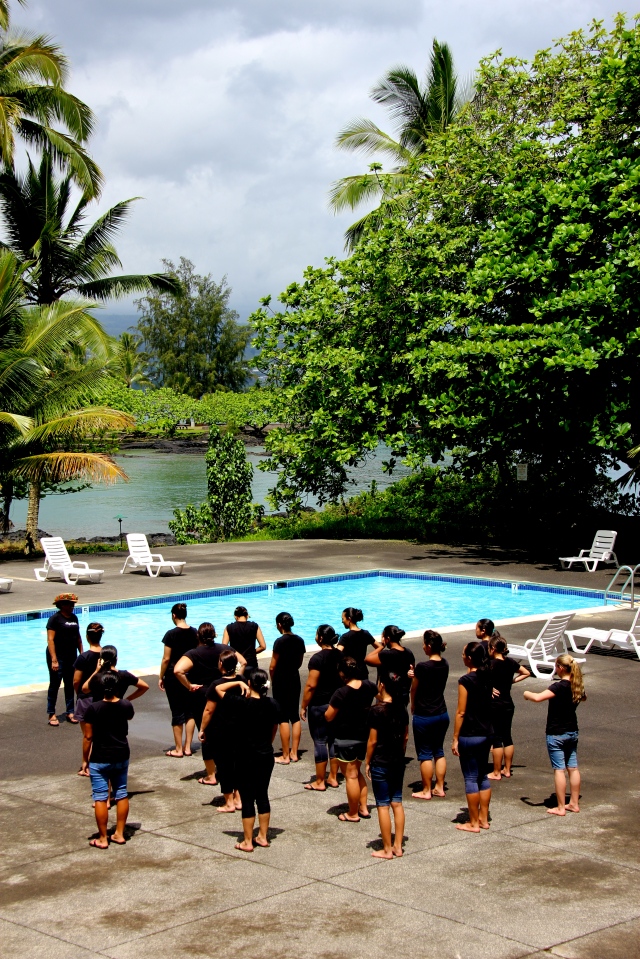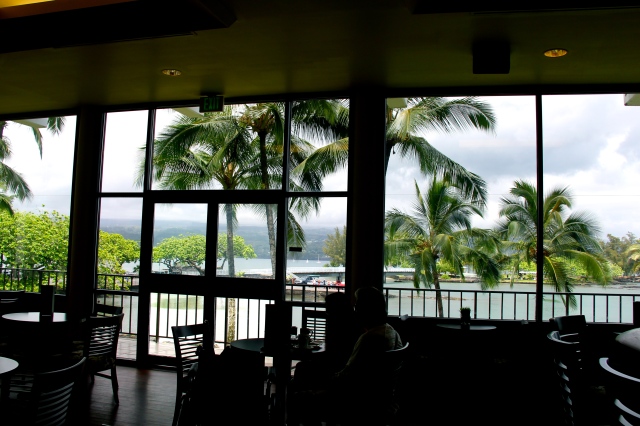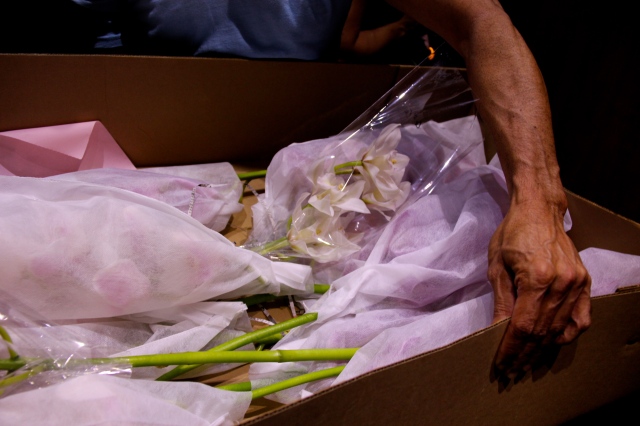With point and shoot in hand these are what I captured the rest of the night. Maybe it’s not so much that these photos are blurry but I’m disappointed that I could not capture the essence of the dance. That has nothing to do with the camera it only has to do with me. Does that have to be inborn? Or maybe I have to do more reading and shooting. I’m sure I have to do more what ever it is.
As the dancers enter the stage part of how they approach is judged also. They will enter like the girls on the right then dance on to the stage in stages.
I love to capture the hair and skirts as they swish in the same movement. Many think of the ancient Hawaiian women with their log hair down their back but their was a time during Capt. Cooks visit that the women actually cut their hair very short and bleached it in the front. How they bleached it I don’t know but it was quite stunning. We have drawings of the women at the Bishop Museum.
Withe such a large group it is very hard to manage a dance and have it totally synchronized. 
When the men enter the stage the house gets uproarious and hoots and clapping, whistling and energy rises. Even though the patterns on the costumes may seem too modern there are actual Kapa clothing in our displays at the muse with this pattern. There are also sketches of ancient Hawaiian dancers with this exact style being worn as the men dance. Kapa clothing was quite colorful contrary to what many people thing of.
This move is not as easy as it looks and many hours goes into practicing this in order to be able to carry it out flawlessly.
All the greenery you see here is made by the dancers. I know that some halaus even go into the mountains to pick all of the vegetation that they wear.
Here the kumu, I believe she is the gray haired lady, and her group do the chanting and accompaniment for the men.
Again I am not sure exactly what period this is because it definitely has the influence of the missionaries which does not seem kahiko to me. But then again it is the 50th anniversary so I am not sure what they were trying to portray here as kahiko.
This reminds me of the Sumo outfits I’ve seen. Even the hair. I so wish I had the program to be able to tell what this represented.
This is my grandson’s kumu and the above photo shows her men dancing.
The costumes can be very elaborate and costly. I’ve heard that you might have to pay around 1500 in cost just to be in one of these competitions. This particular competition is non-profit.
I love the ankle and hair pieces along with the costuming.
This costuming is more what I think of the Kahiko style and of course the men always bring the house down when they dance. It is really high energy.
Again they are performing a difficult move but with their long hair hanging down in back I think it is so beautiful.
The ti leaf draped over the skirts just makes the whole look.
This halau is from Oakland California. Their kumu in not quite traditional but oh these guys were great. I would love to see them again. People went wild when they danced. Unfortunately they didn’t eve place.
The kumu for the above men is in sunglasses. Perhaps that is part of what takes marks away from their performance. I don’t know as it certainly wouldn’t be considered traditional. But as I think back to all of the Hula I have seen through the years all of it has changed what was traditional then is rarely even seen today.
These were the drums he used. I don’t know what they are made from. The drums we have at the museum are made from coconut and the top is stretched with sharkskin.
Again some blurred photos for your enjoyment 🙂
I had taken over 200 that night and these were the only ones that turned out half way decent. On part 4 I will tour the island a little bit visiting the birthplace of my kids grandparents.


































